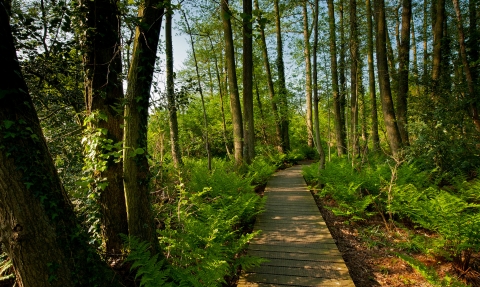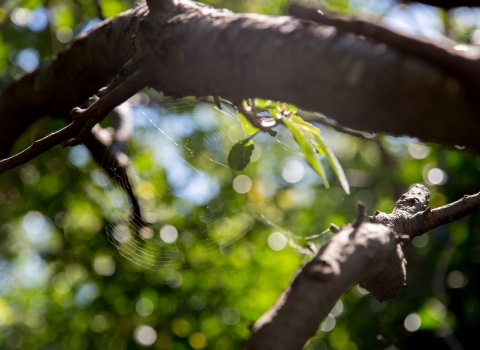Wildlife Trust Nature Reserves
With the invaluable support of volunteers and members we manage over 65 nature reserves across our two counties. These include ancient woodlands, lakes, meadows, grasslands, marshes and coastal habitats, all of which support a rich array of wildlife. Through careful management we are able to look after and create unique havens that enable wildlife to not only survive, but thrive.
We connect people and wildlife.
All of our nature reserves are free to enter and nearly all have public access to parts of the site. We just ask all visitors to follow the guidelines and signage. We want all our nature reserves to reach their full potential, so while you’re visiting, take notice of any signs you see, and encourage those you’re with to behave responsibly.
Nature Reserve guidelines

© Ian Cameron-Reid

